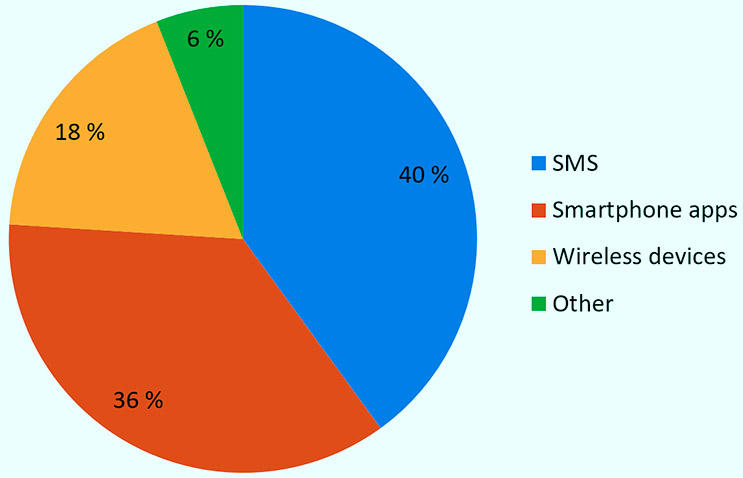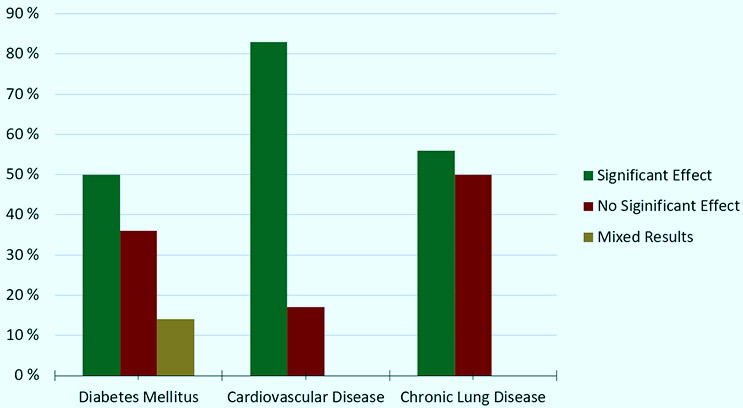Fact sheet 08-2016
M-health and Chronic Disease Treatment Adherence
Downloadable PDF
Fact-sheet-2016-08-M-health-and-Chronic-Disease-Treatment-Adherence.pdf
Faktaark-2016-08-M-helse-og-pasienters-egenmestring-av-kronisk-sykdom.pdf
Chronic disease management places considerable pressure on patients, communities and health care systems worldwide. International clinical guidelines on the majority of chronic diseases recommend the inclusion of self-management programs in routine disease management. Self-management programs have been associated with improved health outcomes. Recent developments in mobile technology, such as mobile phone and tablet computer apps, could help in developing a platform for the delivery of self-management interventions that are adaptable, of low cost and easily accessible [1].

A recent systematic review [2] of literature to evaluate the effectiveness of m-health in supporting the adherence of patients to chronic disease management shows that Short Message Service (SMS) is the most commonly used mobile tool to encourage treatment adherence. Types of chronic conditions included in this study were diabetes mellitus, cardiovascular disease and chronic lung disease. The results showed that there is potential for m-health tools to better facilitate adherence to chronic disease management, but the evidence supporting its current effectiveness is mixed [2].

Studies on features and characteristics of m-health tools that promote sustained use of these tools, suggest that users appreciate mostly the following three features [3]:
Plan or orders: Users can save time by not having to investigate, decipher and interpret the steps required to achieve a desired health goal, and in the process, appreciate immediate access to viewing their progress.
Export of data: Users understand the value of sharing their progress (and setbacks) with their health care provider, and appreciate the time saved by not needing to input data into an email or having a member of the health care provider’s staff copy the results into a health record.
Usability: Users value the layout of an app that is efficient, intuitive and allows for easy input of information.
References
- Whitehead L, Seaton P. The Effectiveness of Self-Management Mobile Phone and Tablet Apps in Long-term Condition Management: A Systematic Review. J Med Internet Res 2016;18(5):e97. URL: http://www.jmir.org/2016/5/e97. DOI: 10.2196/jmir.4883. PMID: 27185295. PMCID: 4886099
- Hamine S, Gerth-Guyette E, Faulx D, Green BB, Ginsburg AS. Impact of mHealth Chronic Disease Management on Treatment Adherence and Patient Outcomes: A Systematic Review. J Med Internet Res 2015;17(2):e52. URL: http://www.jmir.org/2015/2/e52. DOI: 10.2196/jmir.3951. PMID: 25803266. PMCID:4376208
- Mendiola MF, Kalnicki M, Lindenauer S. Valuable Features in Mobile Health Apps for Patients and Consumers: Content Analysis of Apps and User Ratings. JMIR Mhealth Uhealth 2015;3(2):e40. URL: http://mhealth.jmir.org/2015/2/e40. DOI: 10.2196/mhealth.4283. PMID: 25972309. PMCID: 4446515